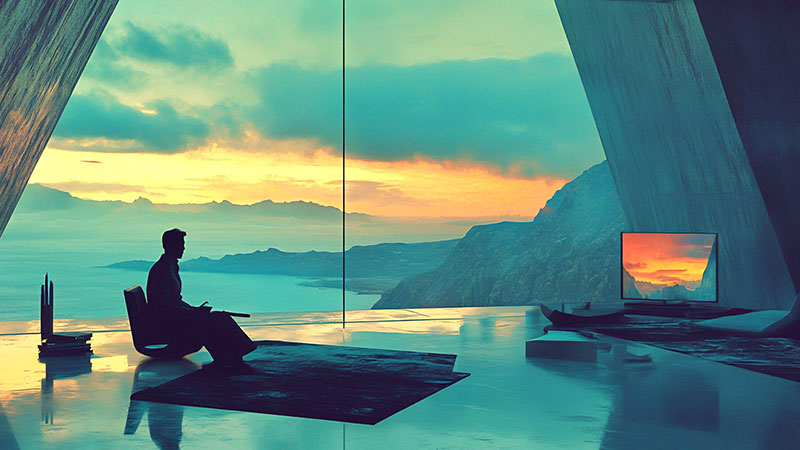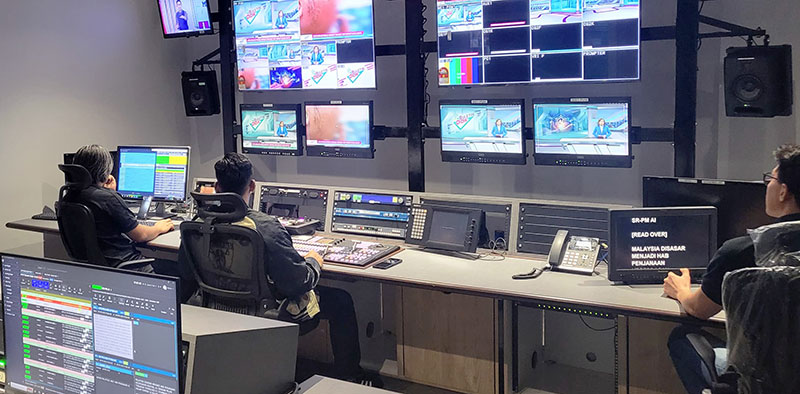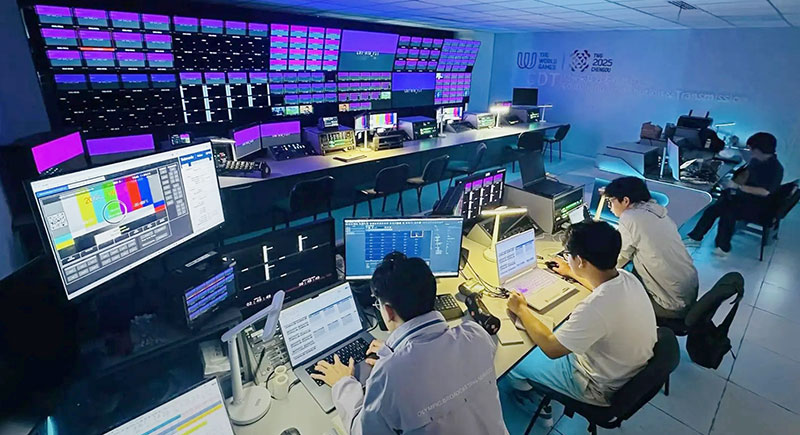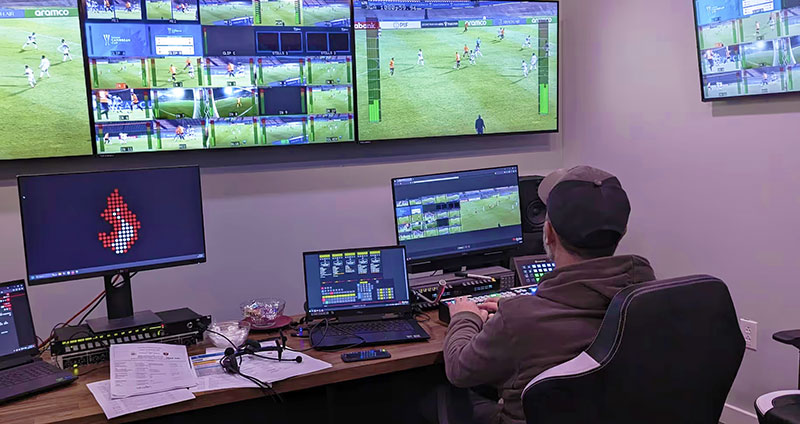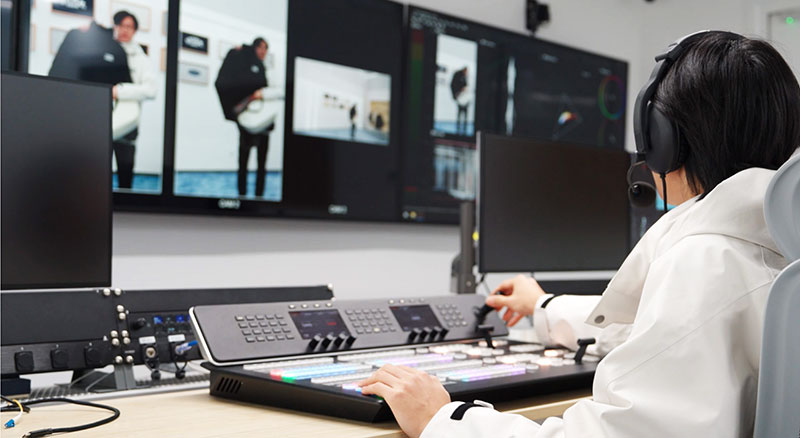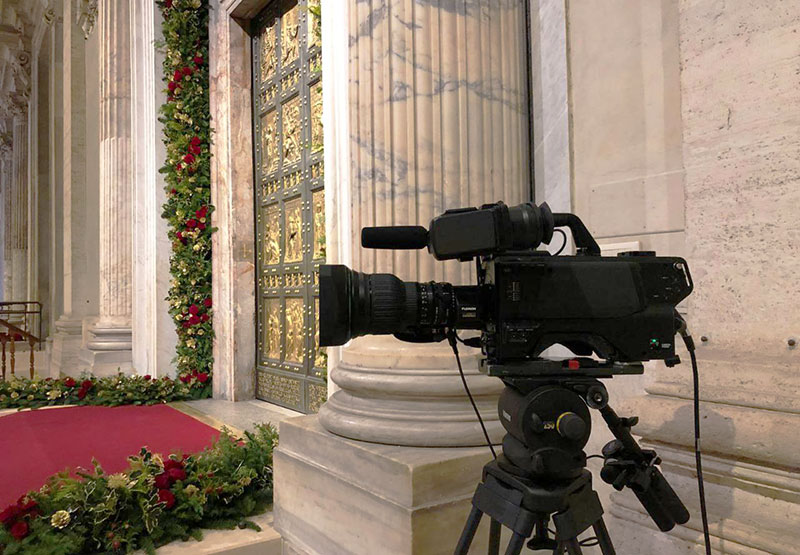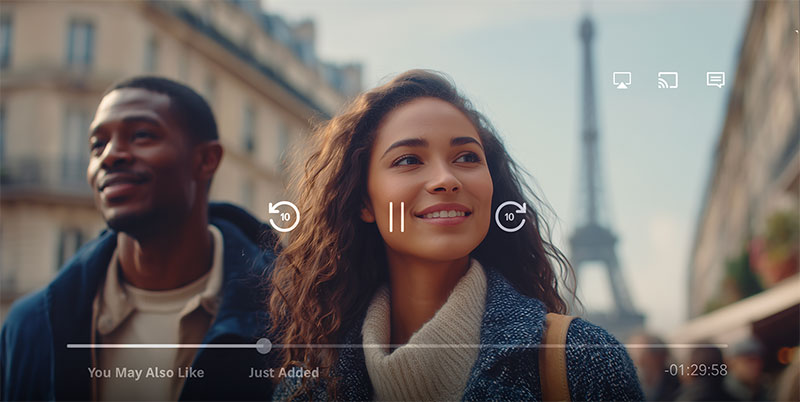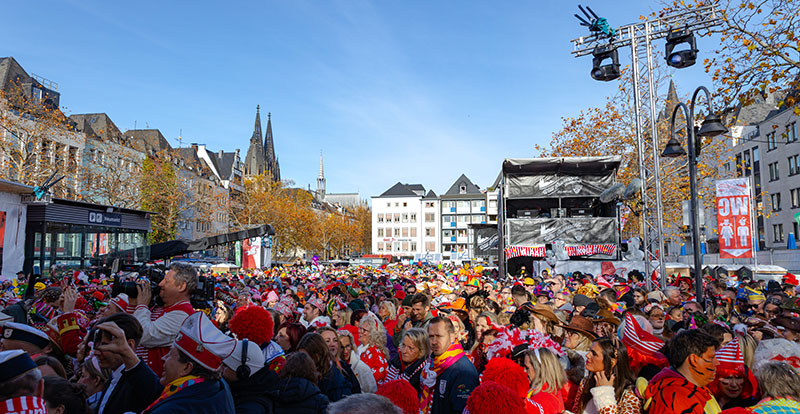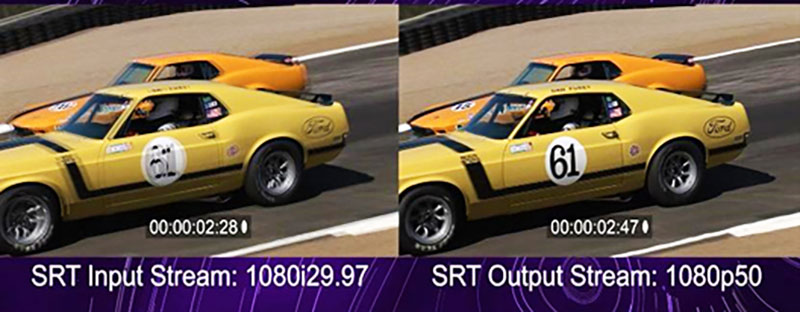Afghan channel Amu TV’s journalists create their own newsroom graphics using Viz Flowics HTML5 template-based tools in the cloud to create and manage live assets from any location.
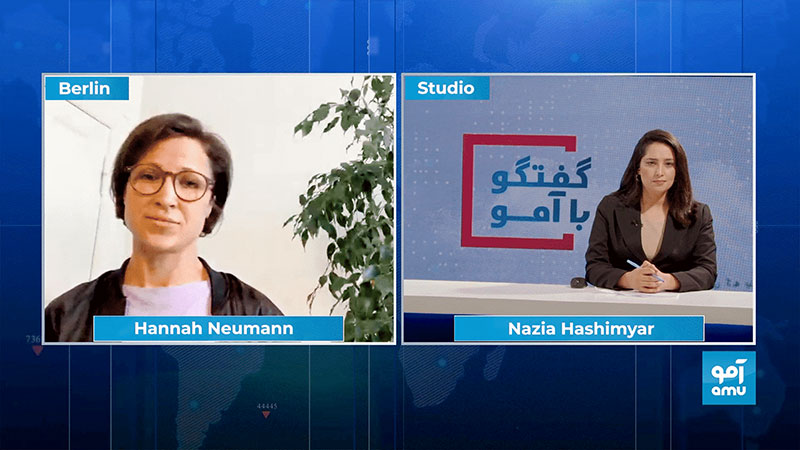
Afghan multimedia channel Amu TV produces live shows for streaming and satellite TV to audiences both within its country and abroad, producing programming and news bulletins in English, Farsi and Pashto. In response to the challenges media organisations now face in Afghanistan, Eye Media Group launched Amu TV in order to continue producing and delivering independent news and entertainment for the population.
Their team is dispersed across different regions of the world, and needs a way to share content between all members. Newsroom graphics production, such as lower-third and overlay graphics, are an example of the steps AmuTV has taken to allow their teams to collaborate, work within their limitations and control the quality of the output.
The channel’s team of independent journalists has been creating its own newsroom graphics since Amu TV began broadcasting in May 2023. After gathering news, their journalists on the ground send their material to the organisation’s editorial desk in Europe for review and context. Once the stories are ready to air, they are pushed to the production studio at Amu TV headquarters in Virginia in the US for broadcast.
Newsroom Agility
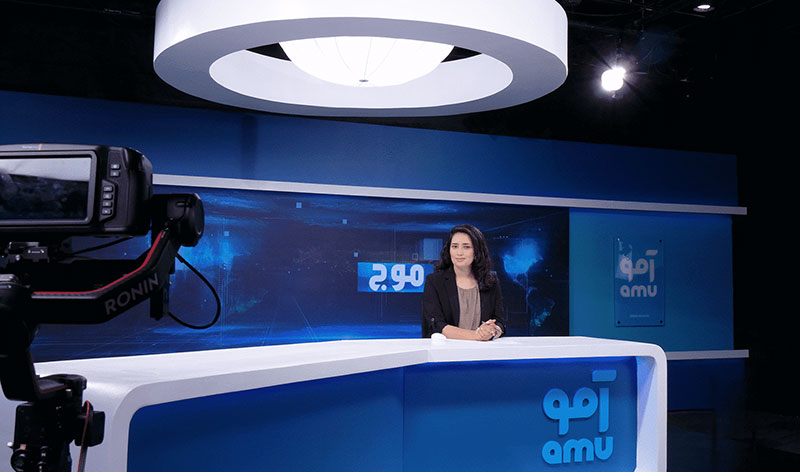
When originally choosing graphics production tools, they looked mainly for agility, having decided early on that they needed newsroom software and devices that would allow their journalists, editors and operators to access and manage playouts remotely. Further to that, they wanted a system that wouldn’t require users to have extensive broadcast graphics experience.
Their research led them to the Viz Flowics SaaS platform, the system they now use. Its interface is straightforward and, as it is web-based, manageable and accessible from different locations. “With the integration of HTML5-based graphics in the cloud, our team can create and manage live assets and our operations stay relatively simple,” said Farin Sadiq, Head of Creative, Amu TV.
Template-based Graphics
Flowics users have access to a searchable library of over 140 template-based graphics packages, organised in categories such as elections, sports, webinars, scorebugs, lower thirds and so on. The Amu TV journalists can select and modify any of these templates, and then create, customise and animate HTML5 overlays for their live productions, direct from the browser using the web editor. Collaboration in the cloud is supported with drag and drop features.
Viz Flowics has a MOS Gateway and HTML Plugin that works with MOS-compliant newsroom computer systems. This means that graphics may be added directly to stories in a rundown, directly from the NRCS, using the web-based control interface to create and manage graphics playlists.

Among the most useful features is the ability to incorporate external data from recognised data providers into the graphics. Viz Flowics’ has data connectors, native to each provider, that are used for this process. Apart from configuring the API keys to allow data exchange between the software, no coding is required to incorporate data.
Ease of Use, Speed and Security
The production team at Amu TV worked with Viz Flowics support and was able to develop its new graphics packages quickly. By keeping all tools, materials and assets online, they can now work across numerous time zones and, because the software supports right-to-left script, across different regions where switching from English to Farsi and Pashto is often necessary.
Gabriel Baños, co-founder of Flowics, notes that the tools and cloud model work well for channels like Amu TV that require clean, functional graphics, ready to build and publish from anywhere. The platform’s ease of use and reliability, speed of deployment and security also suit operators that are dispersed globally.
Viz Flowics levels of accessibility are particularly useful for editorial control because they allow the team to limit who has access to the Editor interface. At Amu TV, for instance, only the head of news and the journalists can edit graphics to reduce the risk of errors on air. All users can still collaborate and share, but editorial control is retained over the graphics. www.flowics.com




